A Complete Guide to Lab-Grown Diamonds
What you need to know about lab-created diamond price, color, clarity and certification
What you need to know about lab-created diamond price, color, clarity and certification
Lab-created diamonds have the same physical, chemical, and visual properties as natural diamonds. They are evaluated and graded using the same 4Cs as natural diamonds. While lab-grown diamonds may offer a more affordable and sustainable alternative, it’s essential to understand that their resale value differs significantly from that of natural diamonds. If you’re seeking the sparkle of a diamond without the natural diamond price tag, lab-grown diamonds might be a fitting choice.
This article covers what you need to know about lab-grown diamonds. How they are formed and what qualities to consider. We also discuss the evolving market dynamics and pricing trends of lab-grown diamonds.
What are lab-grown diamonds?
How are lab-grown diamonds made?
What The Diamond Pro thinks of lab-grown diamonds
What is the difference between lab-grown and natural diamonds
Are lab-grown diamonds worth much?
How much do lab-grown diamonds cost compared to natural ones?
Should you buy lab-created diamonds?
Our top 6 picks of lab-grown diamonds
FAQs about lab-grown diamonds
Why you should trust us
Lab-created diamonds (which have also been referred to as lab-grown diamonds, synthetic diamonds, artificial diamonds, cultivated diamonds or cultured diamonds) are man made diamonds that mirror natural diamonds. Because they actually consist of carbon atoms structures, lab-grown diamonds display the same chemical and optical characteristics of a natural diamond crystal produced by the geological processes of Mother Nature.
Synthetic diamond prices are generally lower than natural diamonds, and the price of lab-created diamonds continues to drop (as much as 30% in a year). This is due to lab-grown diamonds not having any resale value and that the demand for lab-grown diamonds continues to decrease.
Take a look at this stunning 2.81ct lab-created diamond from James Allen. There is no questioning its beauty. But when looking at lab-made diamond prices and value, there’s more to consider than what initially meets the eye.
Lab-created diamonds are made by replicating the processes that result in the creation of natural diamonds.
Natural diamonds grow through intense heat and pressure which, over millions of years, transforms carbon atoms into beautiful and captivating gemstones we know as diamonds.
Lab-created diamonds grow the same way, only through a man-made process that takes several weeks, not millions of years.
Man-made diamonds begin with a tiny piece of diamond, known as a diamond seed. This seed is placed sealed inside a special chamber designed to mimic conditions within the Earth’s crust.
The seed, coated in pure carbon, will eventually transform into a synthetic diamond, chemically identical to a natural diamond.
There are two different methods used for lab-created diamonds; High Pressure-High Temperature (HPHT) and Chemical Vapor Deposition (CVD).
HPHT places intense heat (around 1,500 degrees Celsius, or 2,700 Fahrenheit) and pressure (1.5 million pounds per square inch) on the diamond seed and the carbon atoms coating it. On the other hand, CVD uses less heat and pressure, instead introducing a mixture of chemical gases that break down and harden into crystallized carbon atoms.
With both methods, the result is the same; a man-made diamond, created from scratch in a matter of weeks.
Read more details about how diamonds are made and how to choose the right one in our detailed guide here.
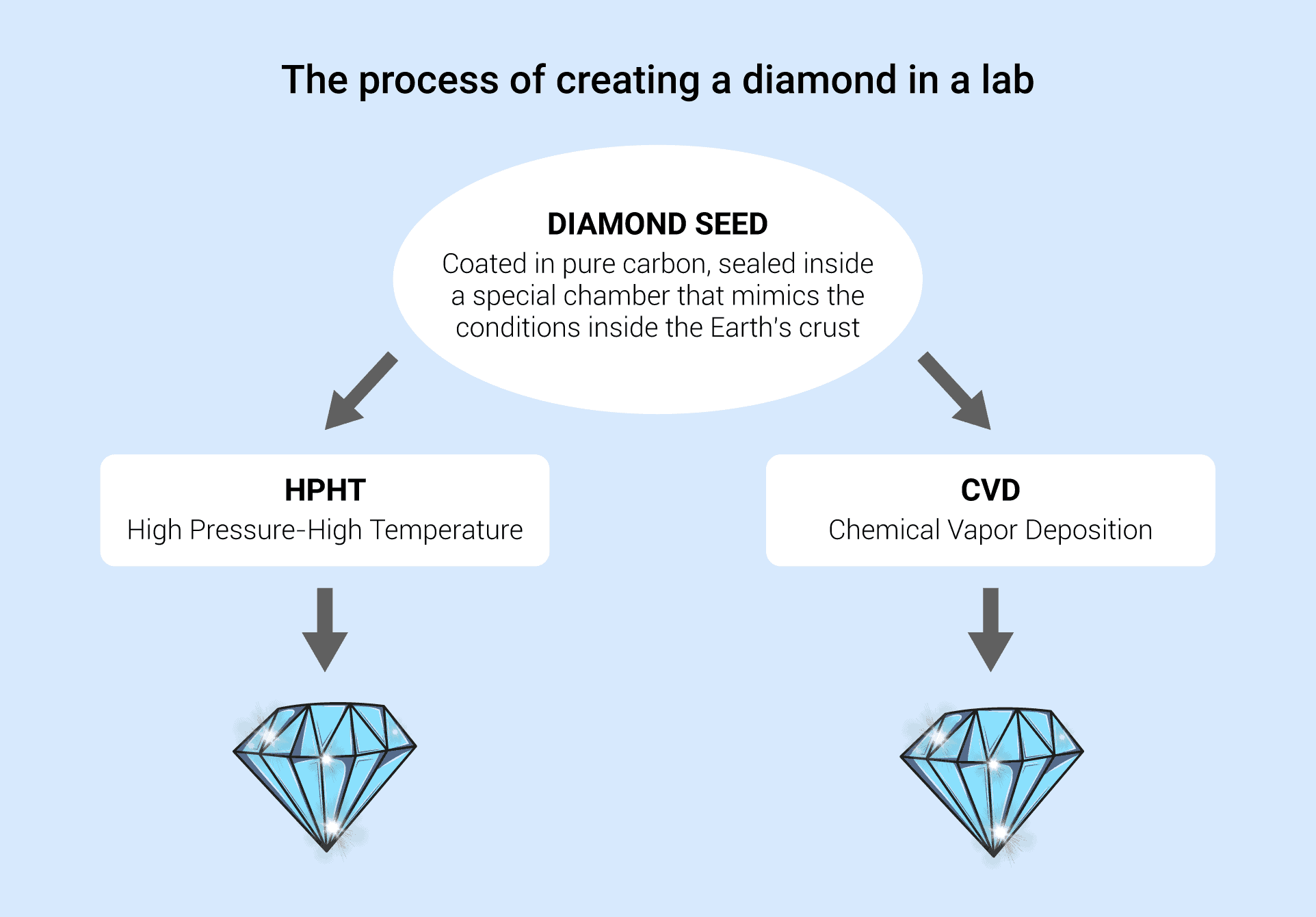
While we think diamonds are beautiful and a great choice when you’re looking to make a high-end jewelry purchase, we don’t buy into the marketing that De Beers has rammed down our throats for a century, convincing people that you must buy a diamond when you get engaged. The founder of this site even wrote an article for Huffington Post to that effect.
Our goal is not to convince people that they should buy a diamond.
We are here to help people who are buying diamonds to get the best bang for their buck. We find the right balance of quality to get the biggest diamond you can within your budget and help you avoid any rocks or shoals along the way.
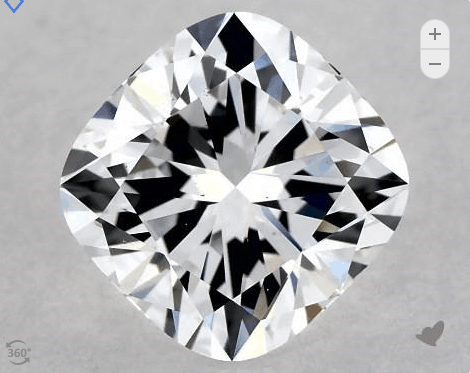
Let’s get one thing out of the way: I agree that synthetic diamonds look exactly like natural diamonds (so long as we’re referring to lab-grown diamonds, not diamond simulants or cubic zirconia). I’m not going to get into the technical details of how they make diamonds because that is not the issue. Lab-created diamonds are diamonds. Perhaps CNN summed this up best when they said “Man-made diamonds look the same as naturally occurring ones. The only noticeable difference is the price tag.”
Take a look at this diamond from Brilliant Earth. What do you think of it? Does it look like a diamond? Yes, it does, because it is one. It will look identical to this natural diamond. From a physical point of view, there is no difference.
This article focuses strictly on the question of the value of lab-created diamonds. If you’re interested in the ethical issues related to diamond buying, see this comprehensive article.
Lab-created diamonds and natural diamonds differ primarily in how they’re made but also other qualities like price, resale value, rarity and desirability. Here, we give a breakdown of lab-created diamonds vs. natural diamonds:
| Lab-Created Diamonds | Natural Diamonds |
| Lab-grown in a matter of weeks | Formed under the earth’s crust over billions of years |
| Constructed of carbon atoms structures | Constructed of carbon atoms structures |
| Mass-produced | One-of-a-kind |
| Lower price with no resale value | Higher price with resale value at 50%+ |
| Available in a range of shapes and carat weight | Available in a range of shapes and carat weight |
| Somewhat desirable for engagement rings | Very desirable for engagement rings |
You can’t tell the difference between lab-created diamonds and natural diamonds without specialized equipment, even if you’re a professional gemologist. The best way to tell the difference between lab-grown diamonds and natural diamonds is to look at the grading report.
If a professional gemologist is determining if a diamond is mined or lab-grown, they use magnification to look at the nature of the inclusions. The inclusions in a natural diamond appear slightly different than in a lab-created diamond. There are sometimes also differences in how the diamond reflects light compared with a synthetic diamond.
In general, though, when looking at a lab-created diamond next to a natural diamond, you can’t distinguish the two.
In 2024, this is the million dollar question that is not so easy to answer. In short, they are cheaper but they are worse bang for your buck. As we explain in this article, you shouldn’t view your diamond as an investment.
On the other hand, you shouldn’t ignore the value entirely. Let’s say an average natural diamond retains roughly 50% of its value after purchase. Eventually the value of the diamond will rise (historically, diamond prices rise consistently), so if you ever try to sell it, you should be getting at least half (or possibly much more) of the original purchase price.
I will give you an example. This is an absolutely stunning 1.21ct diamond from James Allen that we managed to find. It’s an incredible value at the price of $5,220. We asked some companies that purchase diamonds from consumers how much they’d offer for it. They loved the diamond and were willing to pay $2,820 for it. That is 54% of the original price. If diamond prices rise (as they historically do), the value will only increase.
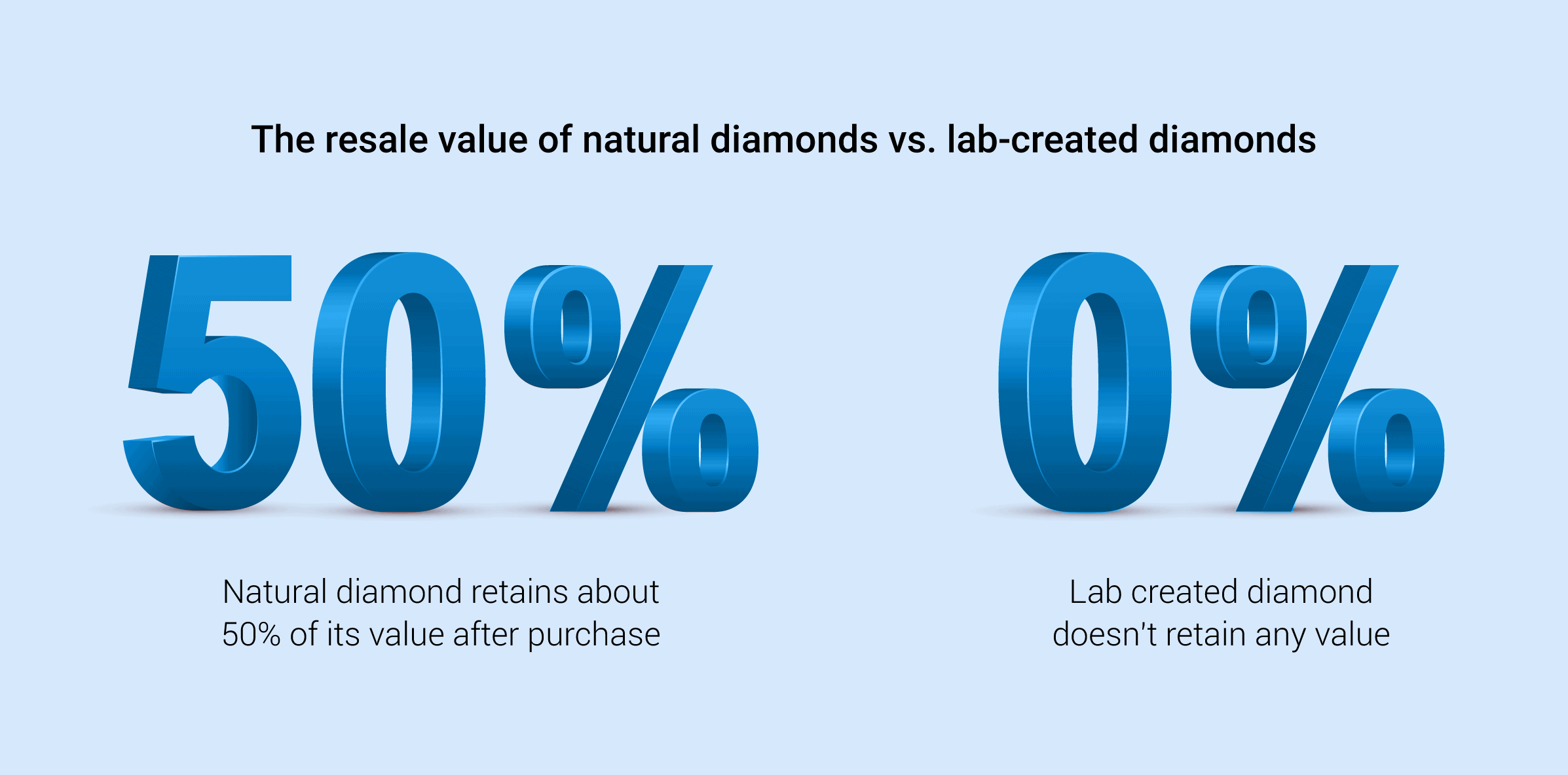
No matter the synthetic diamond price, lab-grown diamonds have no resale value. Take a look at this 1.20ct diamond from James Allen. There’s no doubt that it’s a nice-looking diamond. Yet no jeweler will buy it back. If you try to sell lab-grown diamonds on eBay, you’ll get pennies on the dollar for it. So, from a value perspective, you would need to be buying man-made diamonds at a massive discount to justify giving up the value retention of natural diamonds.
On the one hand, you can look at it that an earth-mined diamond will lose 50% of its value more or less immediately after purchase but a lab-created diamond will lose all of its value. But on the other hand, a lab-created diamond will start off being at least 50% cheaper than a comparable natural diamond.
This is one of those difficult calls that everyone needs to make for themselves.
We’re always working on our articles and making sure that the information and advice is up-to-date. It doesn’t help our readers when our assessments are off because of vagaries in the market, or changes in business practices. So I have the opportunity to see the broader picture. The tipping for lab grown diamond prices was 2017.
In early 2017, lab grown diamonds were, on average, 25% MORE EXPENSIVE than natural diamonds. By the begining of 2018, that difference swung to the point where lab grown diamonds were cheaper than natural diamonds by 20%. In all, the price for lab-created diamonds halved in the that two year period according to a report published by Bain & Company.
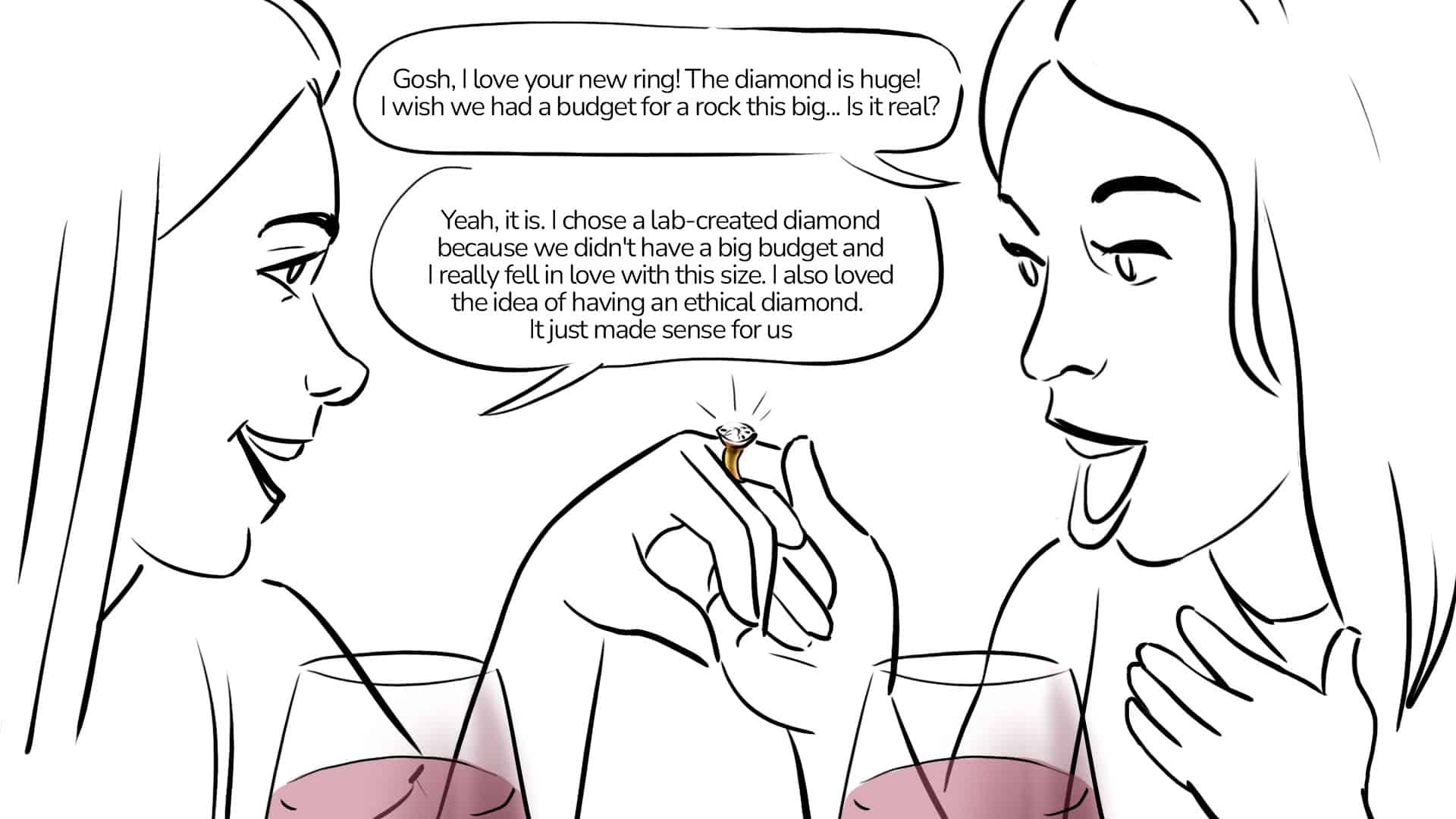
Lab Grown vs. Natural Diamond Prices in 2024
So where are we now? The trend of lab-grown diamonds dropping in value has continued. Lab-grown diamonds are currently 70-85% cheaper than comparable natural diamonds. This 1 carat lab-grown diamond will cost you $1,220 compared to $4,800 for a similar natural diamond.
What does this mean for you the consumer? Obviously, lab-grown diamonds have become a far more attractive choice. With the price drop, they have exploded in popularity, gaining a significant portion of the market. When I secret-shopped retailers in 2019, it was not that common to find lab-grown diamonds. Jewelers would often laugh at me when I asked about them.
Today, pretty much every retailer sells lab-created diamonds alongside their natural diamond offerings. Outside of the likes of Tiffany & Co., it’s rare for a jeweler to not have some lab-grown diamonds to offer. Many of the same jewelers who scoffed at the notion now recommend natural diamonds over lab-grown.
The issue you need to consider is how people will view lab-grown diamonds if they drop to under $500 for a standard engagement ring. Do you feel comfortable purchasing a $1,500 lab-grown diamond engagement ring now that may be identical to a ring selling for $299 at Walmart in a couple of years?
The market for lab-created diamonds is eerily similar to what happened when lab-created emeralds burst on the scene in the early 90s. At the time, emeralds were (and still are) one of the rarest precious gems on the market. Innovations in technology allowed manufacturers to replicate a natural emerald and create a virtual copy. I recently had the chance to sit down with a former CEO of one of the largest lab-created emerald wholesalers (the CEO wishes to remain unnamed).
People were excited and started to jump on the bandwagon. Lab-created emeralds started popping up in jewelry pieces in reputable jewelers all across the United States. But it did not stop there.
“As with any technology, as the demand increases the competition floods in. The prices for lab-created emeralds plummeted below any level we could have imagined. One day we were selling lab-created emeralds for hundreds of dollars a carat. The next day the price was in the $40 per carat range” recalls the former CEO.
Soon thereafter, people were buying “emerald” jewelry in Service Merchandise (and old school catalog discount retailer similar to Sears) for $79 or $99. They were popular for about a year or two, then faded away. You can still buy them, but they are about as far from popular as can be.
Is it fair to compare lab-grown diamonds to emeralds? Yes and no. From a technical standpoint, it’s hard to imagine that lab-grown diamond prices won’t continue to plummet. There is no cap on supply and economies of scale (along with innovation) will continue to force the price down.
Will they fade away in popularity? That’s a trickier question. Emeralds are beautiful, no doubt about it. But the diamond market has positioned itself as a must-have purchase when getting engaged (hats off to DeBeers for incredible marketing the last 80 years).
Well, what about someone in the market for an engagement ring today? You can definitely save some money by going with a diamond ring like this from James Allen in comparison to a natural diamond. But you must be OK with the strong possibility you’ll be seeing something similar in the future going for much less money.
“A lab diamond doesn’t say I love you any less than a mined diamond says I love you.” Beryl Raff, Former CEO of Helzberg Diamonds as reported in JCK Online.
There can be other reasons for going with a lab-created diamond (I have had readers contact me that were engineers wanting a ring, earrings or a pendant and were in love with the fact that it was created instead of natural), but you should recognize that lab-created diamonds will lose most of their value.
Take a look at these beautiful rings. If you replace the diamond with one of James Allen’s lab-created diamonds, you will save a nice chunk of cash.
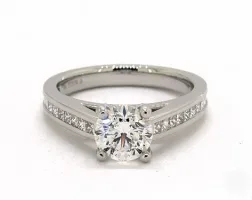

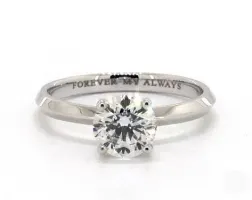
For the best value and highest quality lab diamonds, we recommend James Allen as the best place to make your purchase (see the best places to buy lab-created diamonds here.)
As outlined in our glowing review of James Allen as an online diamond retailer, the customer experience they offer is second to none when buying a diamond or diamond jewelry online. Their pricing is also as competitive as any retailer, which extends to their lab-created diamond collection.
Few reputable online merchants have the range of lab-created diamonds that James Allen does. It’s vitally important to ensure you stick to a trusted seller when buying a lab diamond, and not settle for an unverified retailer due to the lack of selection at other stores. With lab diamonds, it’s easy to be ripped off by a store that may claim your diamond carries more value than it’s worth. At James Allen, however, you can be sure you’re paying a fair price for your lab diamond.
Blue Nile is another company that does a great job selling lab-created diamonds. Their diamond inventory is large and you’ll be able to find what you’re looking for. See for yourself.
Here are some handpicked lab diamonds we found for you on James Allen to get inspired by:
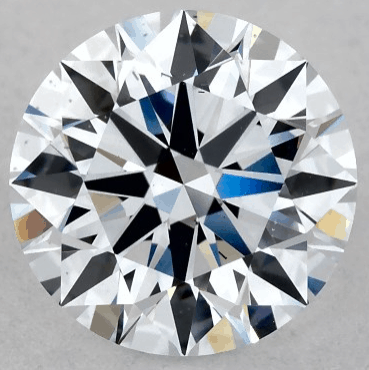
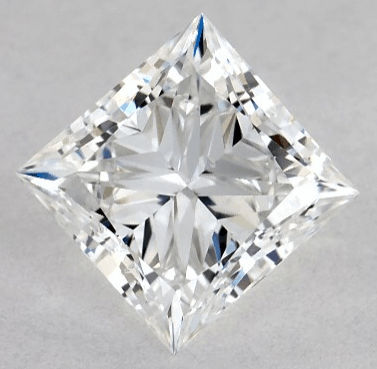
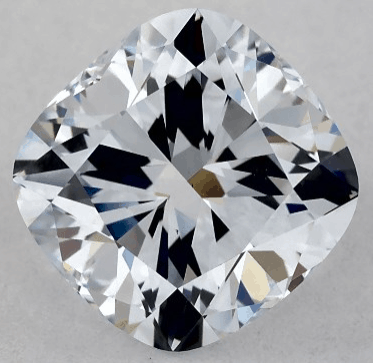
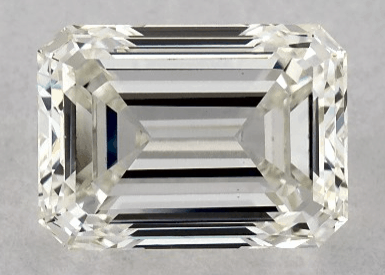
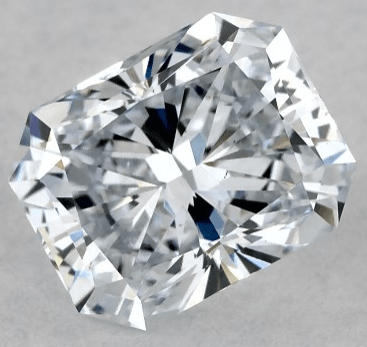
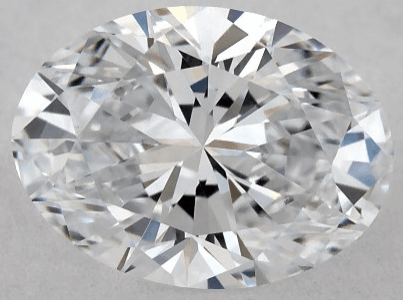
More younger generations are opting for synthetic, lab-grown diamonds over naturally mined diamonds. Growth in the lab diamond market is outpacing that of natural diamonds, partly due to cost, as well as the perception that they are more sustainable and ethical than mined diamonds.
Lab diamonds are absolutely fine to purchase for engagement rings, as long as you’re aware of the downsides. They’re chemically identical to natural diamonds and thus don’t have any difference in beauty or durability. Just understand that the diamond you buy will be worth less, and you will not be able to recoup much (if any) of the purchase price if you ever resell it.
Lab-grown diamonds are quite a bit less expensive than natural diamonds. However, they are still not “cheap”, per se. Lab diamonds require specialized equipment to produce, as well as skilled personnel to cut and polish them. This factors into the purchase price, along with their inherent value as a beautiful and durable gemstone.
Some people don’t want to buy a lab diamond due to their decreased rarity compared to natural diamonds. There’s a significance to each natural diamond being a one-of-a-kind gem, created over billions of years. This means natural diamonds retain far more of their monetary value over time, along with sentimental value. As long as people continue to value this, natural diamonds are likely to remain the more popular choice.
The lab-created diamond market seems to be having the rug pulled out from under them. If you purchased a lab-created diamond just one year ago, you would see the same diamond on sale for a fraction of the price you paid then. This has created a unique opportunity as well as some risks that we will discuss below.
If you are on a budget and are not as concerned about the timelessness of a natural diamond, you can get a beautiful lab-created diamond at an excellent price. We recommend James Allen for lab-created diamonds. Take a look at this stunning 1.72ct diamond from James Allen for an incredible price. There is no way you can get a natural diamond similar to this for anywhere close to the same price. Another retailer worth checking out is Blue Nile. Here is a beautifully square 2ct cushion cut from their collection.
If you are concerned that the ring you purchase today may be in store displays for a fraction of its current price, then buying a lab-created diamond may not be the best choice for you.
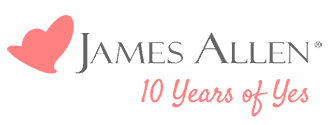

Before you buy a diamond, get personal buying advice from industry veterans. We'll help you get the best diamond for the money.
DISCLAIMER: We don't use your email for marketing. Period.
A diamonds’ price is determined primarily by the 4 Cs of the diamond. On the wholesale level, diamond prices are first based on a diamond shape and
Buying an engagement ring is often one of the first major purchases in a person's life. The process can be fraught with tension as there are so m
A wide range of 1 carat diamonds exist both in online markets and local diamond jewelry stores. Not only are there significant differences in beauty
Please enter your email address to receive your 25% off coupon code:
Here is your coupon code: GFDSF3GF